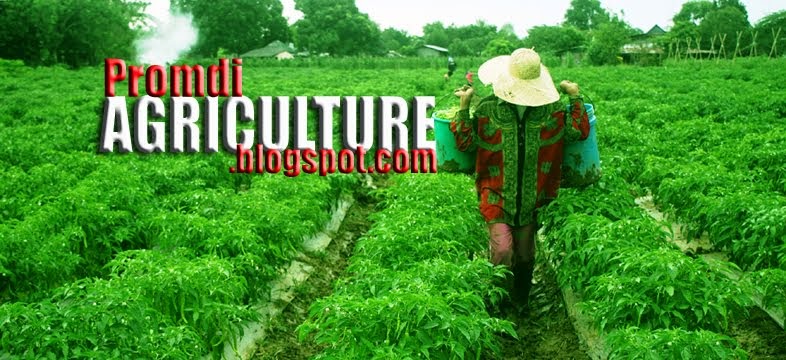Here is a call to all Filipinos: save rice to help save the
P 6.2 billion in rice imports annually, and help the country achieve rice
self-sufficiency.
Dr. Flordeliza H. Bordey, an economist based at Philippine
Rice Research Institute (PhilRice) and official spokesperson for the Food
Staple Plan of the Philippine Food Staples Self-sufficiency Roadmap (FSSR) for
2011-2016 said each Filipino wastes two tablespoons of cooked rice every day.
FSSR is a document produced through a series of workshops spearheaded by the
Rice Program of the Department of Agriculture.
“This wastage, when summed up, easily translates into
308,833 tons of raw rice per year. Given a per capita consumption of 119 kg a
year, this wastage can feed 2.6 million hungry Filipinos in a year,” Bordey
said. When not wasted, the wastage could have saved P 6.2 billion in rice
import a year.
As part of the government’s campaign to save rice,
households are urged to cook rice just enough for the family, and not to
overwash before cooking to cut wastage and control the loss of nutrients.
Parents are encouraged to teach their kids to finish off the
rice on their plates or get only the amount of rice they can consume.
On-farm rice conservation is also sought. PhilRice’s Arnold
S. Juliano said improper harvest and postharvest activities can lead up to 15%
loss, equivalent to 15 of every 100 cavans palay harvested. “At P17/kg the loss
could be worth P12,750,” he said.
Rice experts also recommend that harvesting should be done
when 80% of the grains are already golden yellow to avoid yield losses.
“Harvesting and threshing on time ensure good grain quality,
and increase milling recovery,” Juliano explained.
On rainy or cloudy days, experts advised farmers to use rice
hull-powered flatbed dryers that can dry 6 tons of paddy rice in one operation.
Proper drying lessens the risk of spoilage, and diminishes insect attack and
discoloration caused by grain heating.
This rice-conservation call is part of PhilRice’s campaign
dubbed as Save Rice, Save Lives, which was launched in 2010. Two years ago, the
theme was “weRice” to embody the Filipinos’ collective soul as a nation shaped
by rice encouraging the rice-consuming public “to rise” by conserving rice,
attain better nutrition through brown rice, and bolster income from rice
farming.
Last year’s theme Eat your rice right aims to encourage
Filipinos to eat the right amount of rice to prevent wastage and to try other
sources of good carbohydrates such as white corn, sweet potato, and cassava.
DA-PhilRice is a government-owned and –controlled
corporation that aims at developing high-yielding, cost-reducing, and
environment-friendly technologies so farmers can produce enough rice for all
Filipinos.
For more information, please visit or contact DA-PhilRice at
Maligaya, Science City of Muñoz, Nueva Ecija with telephone number (044)
456-0285 loc 511/512 or any PhilRice station near you. You may also text your
questions to 0920-911-1398.

